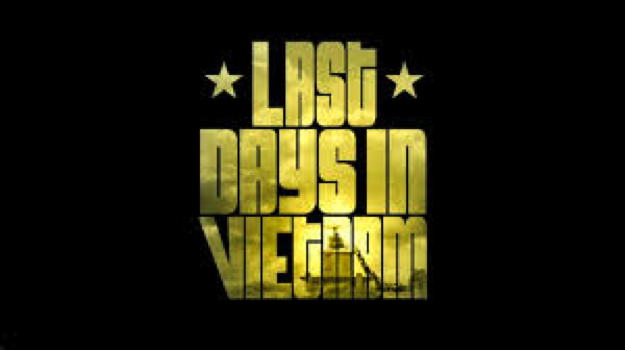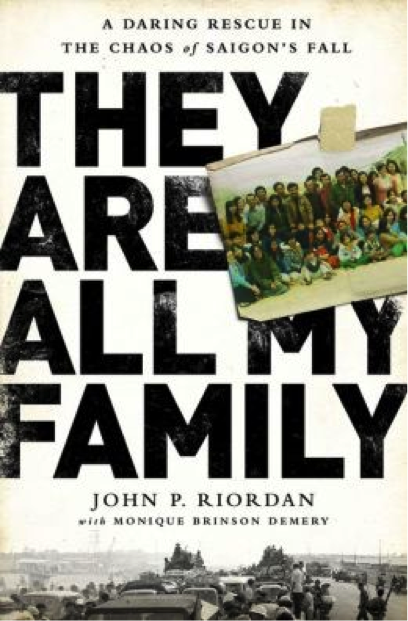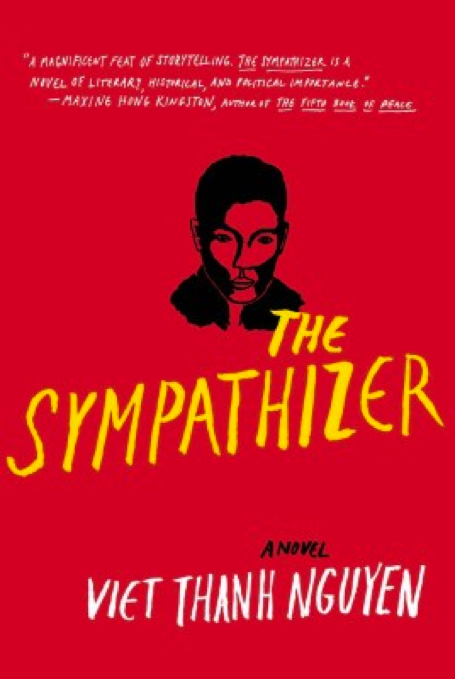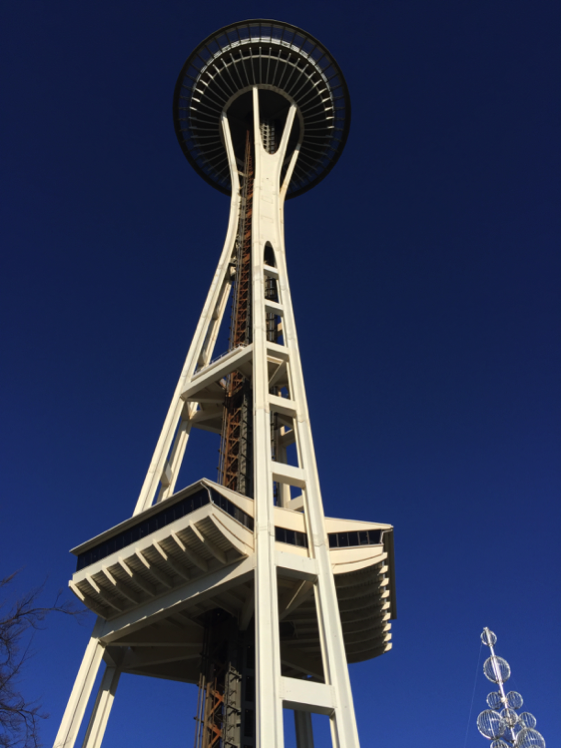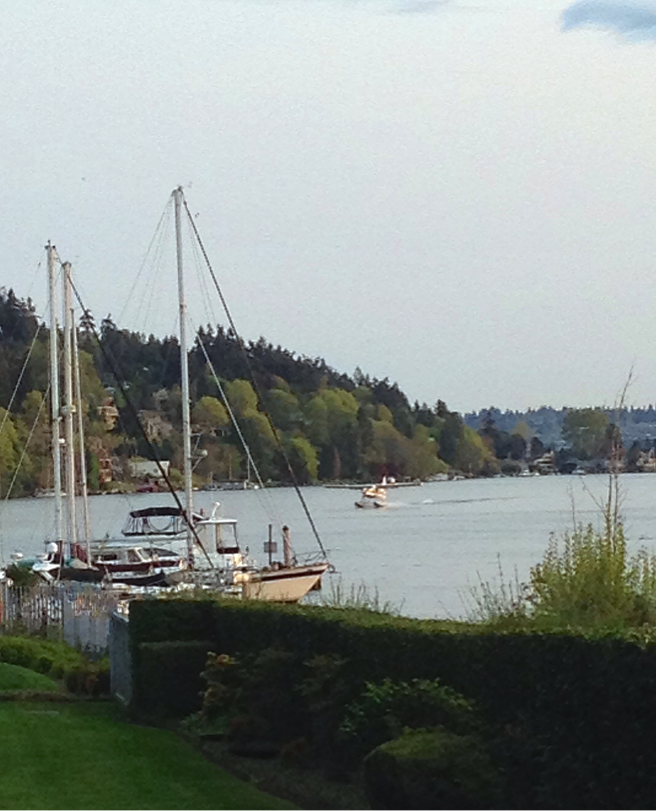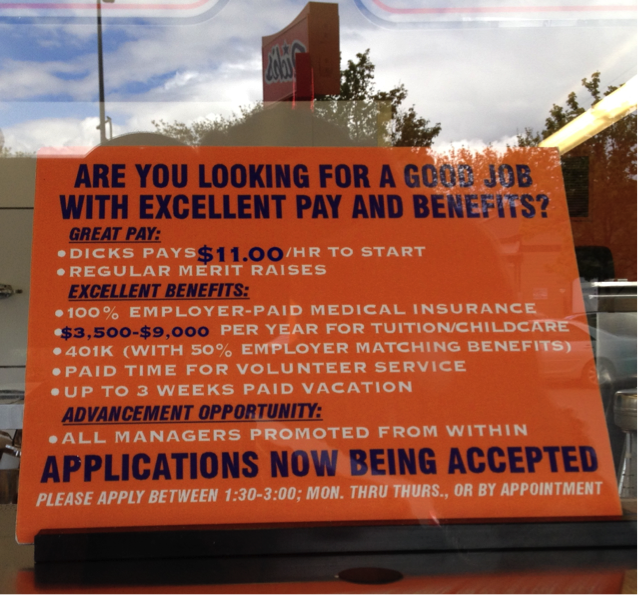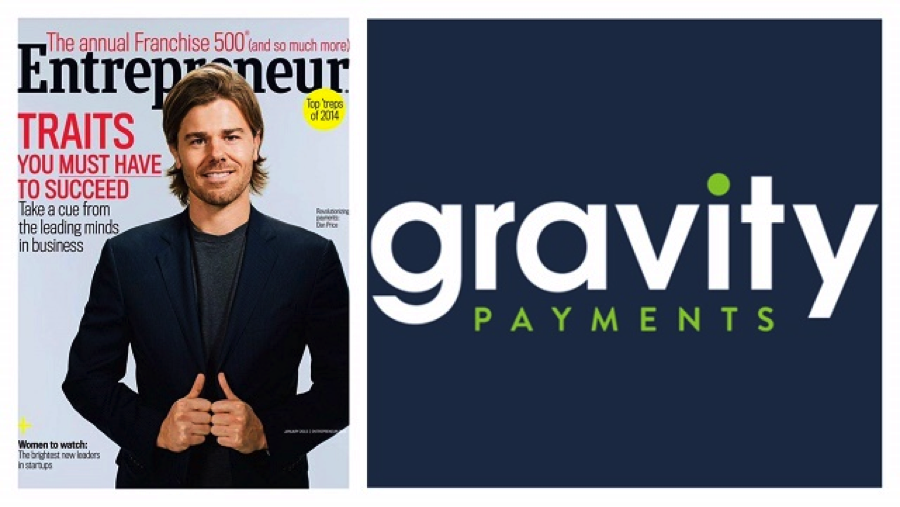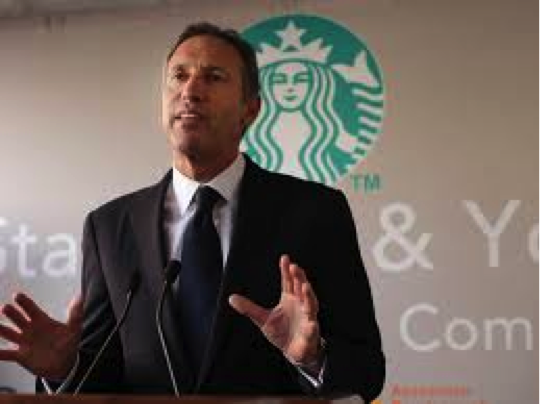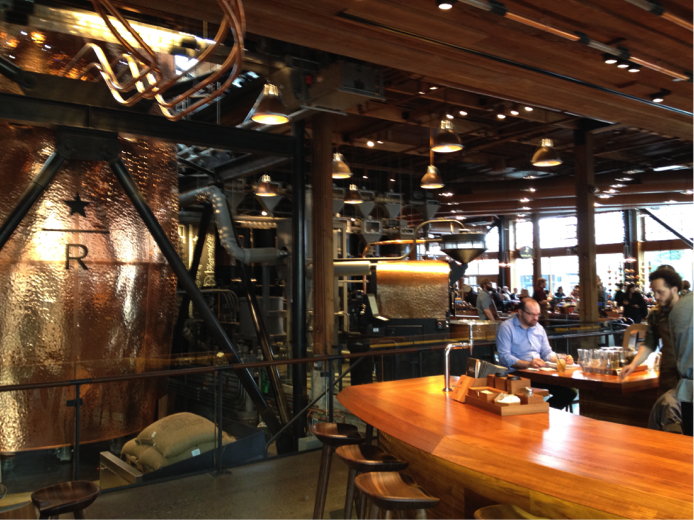Graham Greene said it best in The Third Man:
“In Italy, for thirty years under the Borgias, they had warfare, terror, murder, and bloodshed, but they produced Michelangelo, Leonardo da Vinci, and the Renaissance. In Switzerland they had brotherly love, they had five hundred years of democracy and peace – and what did they produce? The cuckoo clock.”
Greene was right. Italy is unruly and categorically different from its smoothly oiled, efficiently organized, neatly manicured Swiss neighbor. Yet, in spite of the chaos, inconvenience, confusion, corruption, and union strikes that disrupt some essential function nearly every day, it will charm you. It looks good, feels good, and above all it tastes good. Love it or hate it in the beginning, I guarantee that if you look for the good things and don’t expect perfection you will end up loving it.
Remember: slow travel is the key to a successful travel experience. Relax and take it all in.
Italy is worth the inconvenience and chaos, and while I’m not writing a guidebook or how to article I will share a couple of travel insights that might enhance your overseas experience. In fact, this is not exclusively about Italy; it’s just that I’m in Rome now and these tips are fresh in my mind. Wherever you’re going these things might be useful in planning your overseas trip. International travel has changed dramatically in the last few years, and it’s because of technology. Smart travelers are taking advantage of the change to give themselves an edge and make things easier while they’re on the road. If you’re on a guided tour this may not seem important, but I assure you it can enhance that experience too.
If and when you leave home your most important and valuable tech tool will be your smartphone. It’s not about making phone calls. You will be able to do that too, but the phone is really a toolkit for everything – communication (email and text), to research (history), navigation (GPS), and transportation (bus and Metro maps – even Uber).
A word to older travelers – learn how this technology works. Don’t tell me you’re too old. I’ve heard that too many times. If you are too old then you have no business traveling. International travel is a learning environment and it’s dangerous territory for those who are resistant to learning new things.
Here are my smartphone guidelines:
- First off: Don’t subscribe to your phone company’s “international plan.” It’s expensive and the only thing it gives you is the ability to call or text – no data. You definitely want data. Everything from the weather app to the GPS runs on data. You can get more and cheaper from a local provider in-country.
- The only piece of hardware you need is an unlocked smartphone. If you have one you’re in great shape. If you’re an AT&T customer, under contract, you’re screwed. AT&T doesn’t allow you to unlock your phone until your contract runs its course. If you’re a Verizon customer the phone is locked domestically but unlocked internationally. Check with them to see how it works. If you don’t want to deal with your US carrier you can buy a cheap, reconditioned, unlocked phone on Amazon. Do it.
- Software: you need a SIM card for your unlocked phone. SIM cards are the little identity devices inside the phone that store information about the phone and its user. In order to make calls, text, and access data you need a SIM card that works for the country you’re in. Don’t even consider buying one in the US. You’ll see ads advertising SIMs with functionality in 190 countries. They don’t work; period, end of discussion. Amazon and other sites will try to convince you that OneSIM, and other generic SIM cards will work, but they’re an invitation to aggravation and failure. Suck it up and pay the US provider’s high phone charges for a couple of days until you get a local SIM, or a prepaid phone.
- The SIM card acquisition process isn’t always smooth. The best and most reliable place to buy a SIM is at a mobile phone company store. They usually speak English and if there’s a problem you can go back. It’s their problem too. I know, having made four trips to the Vodafone office in the last week, but I guarantee you that once you have an in-country smartphone in your hot little hand you will be glad you suffered whatever inconvenience it took to get it. The acquisition process might test your patience and ability to communicate across languages but it’s worth it.
Why go through all this? Resources. It is surprisingly helpful to have the resources a smartphone at your fingertips. Google Maps alone is worth whatever it costs. Last year in Paris our AT&T phones were enabled with international call and text packages but no wireless capability once we left the apartment’s in-house Wi-Fi. We discovered that Paris businesses are not as generous as their US counterparts in providing Wi-Fi for their customers. Everyone in France has a phone and a provider; I guess that’s their theory. Italy is better, but it’s inconvenient to ask a restaurant or café owner for a Wi-Fi password just to check your email. Even if you do ask you know that once you’re back on the street you have no coverage.
For me, the critical lesson about smartphones was learned last year on our final morning in Paris. The taxi we had pre-ordered failed to show. We had planned to use Uber as the back up, but because we were just outside the door of the apartment, we were without wireless capability. Without it the Uber app is useless. Uber depends on a wireless connection. It’s GPS reads the location of your device based on the app. We were up a creek and vowed not to be without Wi-Fi the next time we went overseas.
Spring forward. Yesterday Google Maps guided me through 5 or 6 miles of crooked, curving, unfamiliar Roman streets in order to get me home for a meeting with the Internet guy who was going to fix my Wi-Fi problem. He didn’t show, but that’s another Roman story. Still, I got home flawlessly because of Google Maps. That’s why you need a fully functional smartphone if you want to have a fully functional travel experience.
On my next travel prep blog I might tell about Italian washing machines and dryers.
Buona Notte















